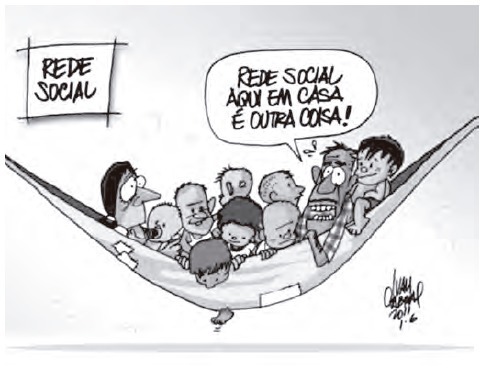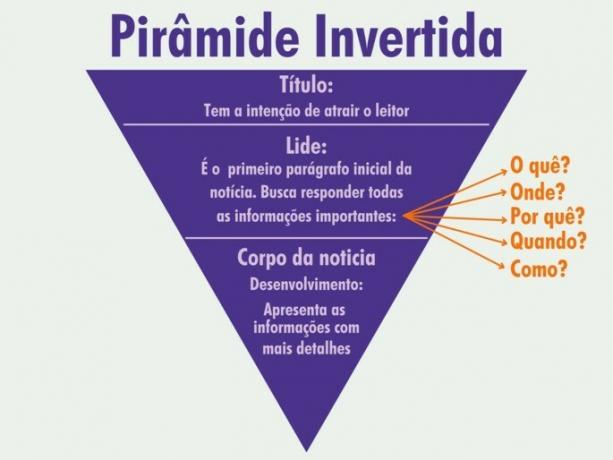Text comprehension and interpretation are two actions that are related, since when correctly understands a text and its communicative purpose, we reach certain conclusions (interpretation).
Nowadays, it is essential to know how to correctly interpret texts, better understand their typologies and the language functions related to them.
in short:
- text comprehension: is the decoding of the message, that is, analysis of what is explicit in the text.
- text interpretation: it is the interpretation we make of the content, that is, which conclusions we reach through the connection of ideas and, therefore, it goes beyond the text.
What is text interpretation?
Text interpretation involves the ability to reach certain conclusions after reading some type of text (visual, auditory, written, oral).
Therefore, text interpretation is something subjective and that may vary from reader to reader. This is because each one has an interpretive repertoire that has been acquired throughout life.
It is worth remembering that the reader's interpretative repertoire comes, in large part, from reading. Therefore, reading is an essential act that helps to better interpret texts and connect ideas.
What is text comprehension?
Understanding a text is understanding the message it is conveying in a way objective. Thus, textual comprehension involves decoding the message that is performed by the reader.
When we hear, for example, a newscast, we understand the message passed and what its purpose is (to inform the listener of some event, for example).
To understand written texts is no different, but it requires knowledge of language, vocabulary and functions related to language and communication.
Therefore, through the interpretation of words and phrases, we can better understand the message being conveyed. Therefore, having a dictionary nearby is always a good tip, if there is any unknown term.
Know more about:
- The importance of reading
- reading strategies
- Text Interpretation Tips
Examples of understanding and interpreting texts
To better understand these concepts, check below two examples of understanding and interpreting texts that fell into the Enem.
1. (Enem-2012)

The cartoon's meaning effect is caused by the combination of visual information and linguistic resources. In the context of the illustration, the uttered sentence refers to the
a) polysemy, that is, the multiple meanings of the expression “social network” to convey the idea it intends to convey.
b) irony to give a new meaning to the term “something else”.
c) homonymy to oppose, from the adverb of place, the space of the poor population and the space of the rich population.
d) personification to oppose the poor real world to the rich virtual world.
e) antonymy to compare the world wide web with the family's home rest network.
Comment on the question
Correct answer: a) polysemy, that is, the multiple meanings of the expression “social network” to convey the idea it intends to convey.
The question above is a good example of understanding and interpreting visual text.
The humor generated by the cartoon comes from the polysemy of the word "network", that is, from the different meanings it carries.
In indigenous culture, the hammock is an object used for sleeping. Social network, on the other hand, a term that emerged through the advancement of the internet, represents virtual spaces for interaction between groups of people or companies.
An interpretation that we can obtain from the observation of the cartoon is about the social inequality that affects many people who do not have the financial means to have access to the internet.
2. (Enem-2019)
What is the difference between advertising and advertising?
These two terms are not synonymous, although they are used interchangeably in Brazil. Advertising is the activity associated with the dissemination of ideas (political, religious, partisan, etc.) to influence behavior. Some examples can illustrate, such as the famous Uncle Sam, created to encourage young people to enlist in the US Army; or images created to “demonize” Jews, spread in Germany by the Nazi regime; or a poster promoting the military might of Communist China. In Brazil, a regular example of advertising is political campaigns in the pre-election period.
Advertising, in its essence, means making something public. With the Industrial Revolution, advertising gained a more commercial meaning and became a communication tool to convince the public to consume a product, service or brand. Ads for the sale of cars, drinks or clothing are examples of advertising.
VASCONCELOS, Y. Available in: https://mundoestranho.abril.com.br. Accessed on: 22 Aug. 2017 (adapted).
The socio-communicative function of this text is
a) illustrate how a famous US figure was created to encourage young people to enlist in the army.
b) explain how advertising is done in the form of advertisements for the sale of cars, drinks or clothing.
c) convince the public about the importance of consumption.
d) clarify two concepts used in common sense.
e) publicize activities associated with the dissemination of ideas.
Comment on the question
Correct answer: d) clarify two concepts used in common sense.
This is a matter of understanding and interpreting a written text.
After carefully reading the text, it is clear to understand what its purpose is: to clarify two concepts that are used as synonyms by common sense.
Thus, it is a type of explanatory text that uses some examples to illustrate the concepts of advertising and advertising.
Test your knowledge of the topic in text interpretation exercises.

